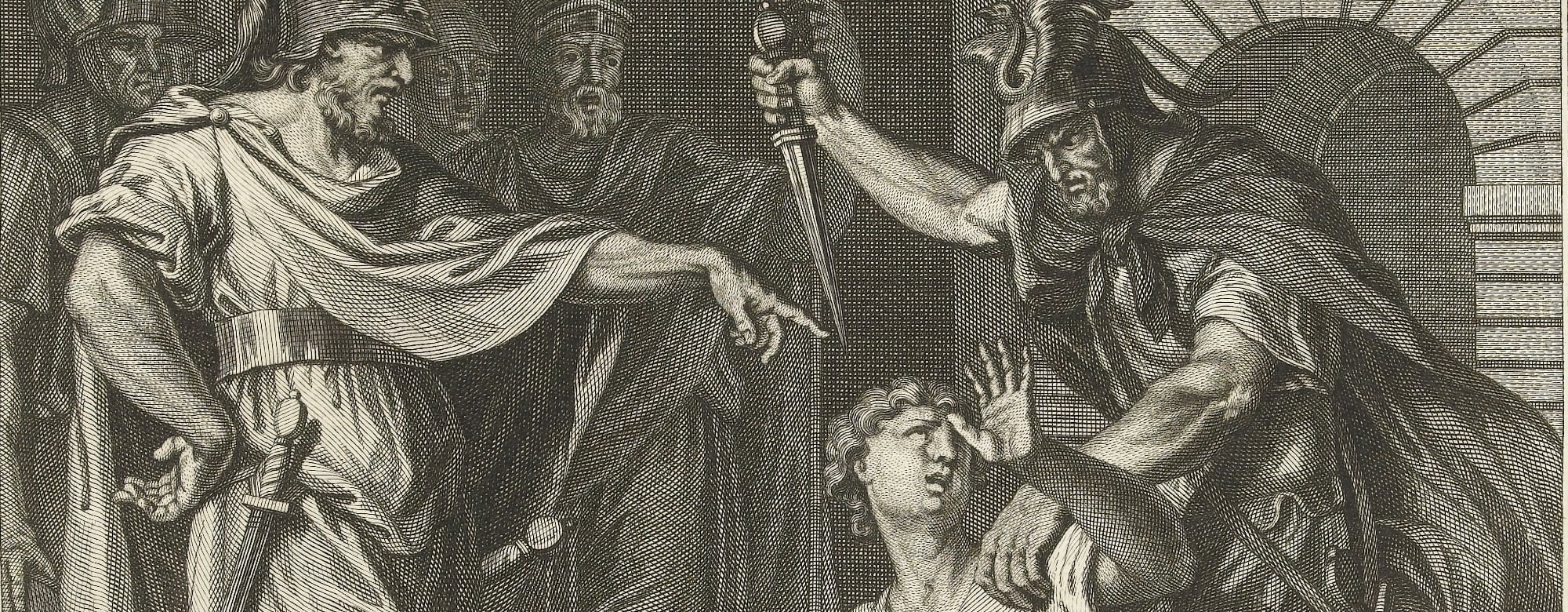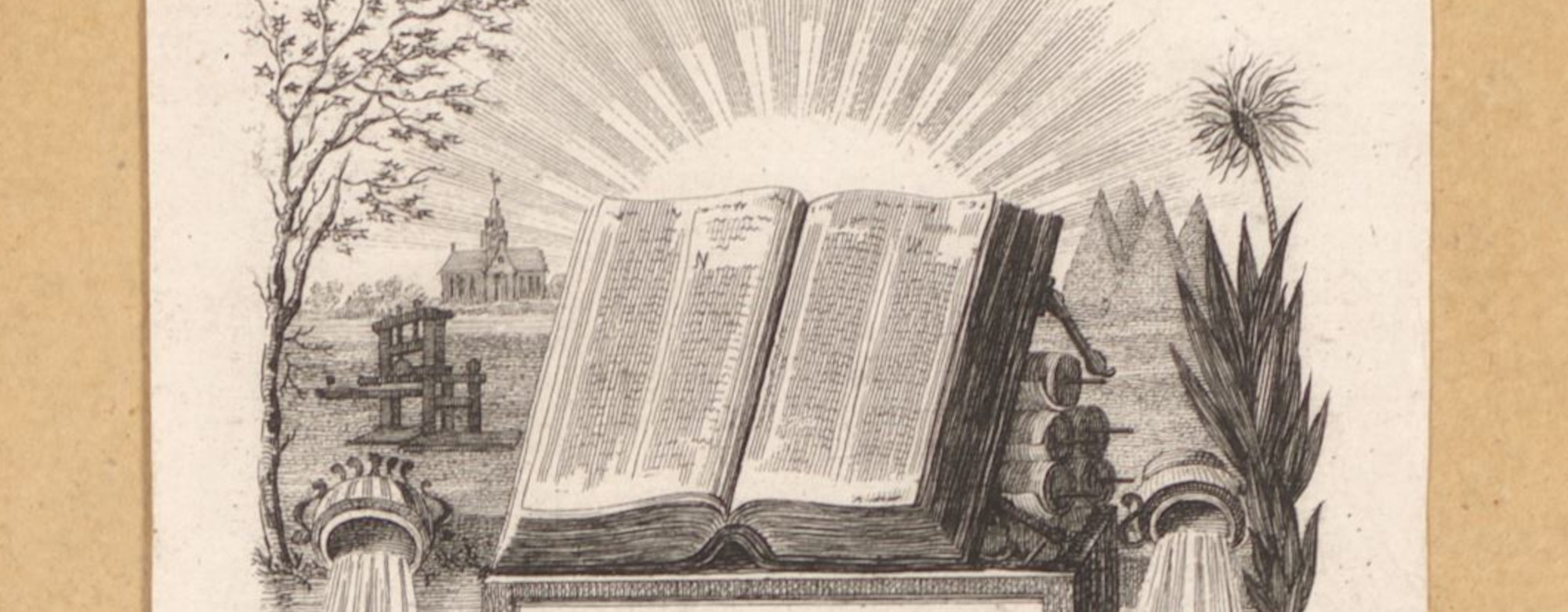Yesterday Politico published the response submitted by the French Government to the Commission’s stakeholder consultation on the article 17 implementation guidance. For anyone who has followed the French position in the debate about Article 17, the response (see here for an english language “courtesy translation”) will not be very surprising. The French reaction rejects the majority of what the Commission is proposing and questions and accuses the Commission of reversing the progress that (according to the French government) has been made with the adoption of Article 17 in early 2019. This position is largely aligned with the grievances expressed by a coalition of rightholders organisations in their recent letter to Commissioner Breton and it is consistent with the way France is implementing Article 17 in its national law (next week the Assemblée nationale will vote on a law that will authorise the French Government to implement the provisions of the DSM directive by decree).
Unfortunately, it is also based on a flawed understanding of the issue at hand. Since the French authorities note in their reaction that they “will carefully consider stakeholders’ responses and are open to continued discussions so that future guidance may play their concrete technical role with regards to the correct application of article 17”, it is necessary to clear up some of the misunderstandings here.
Misrepresenting Article 17
The constant references, on the side of rightholders and from the French government, to the “original objective”, “goal” or “spirit” of the directive try to mask the fact that the actual text of the directive is not as clear-cut as rightsholders and the French government would like it to be. The fact is that, in between its introduction (as Article 13) in 2016 and its adoption (as Article 17) in 2019, the provisions dealing with the “Use of protected content by online content-sharing service providers” have undergone substantial changes.
What was proposed as a relatively simple intervention to strengthen the position of rightholders vis-à-vis content sharing platforms by changing the liability position of said platforms, has – following intense criticism from academia, civil society and internet users – been transformed into a convoluted legal regime that serves a number of conflicting objectives. Article 17 now includes strong language that establishes new user rights and provides meaningful safeguards for preserving these rights. These additions to the article were essential in securing its adoption by the EU legislator. As a result, in the final version of the article, the original objective of strengthening the position of rightholders is just one of a number of objectives.
By now it seems clear that in their fierce determination to get the new copyright directive adopted, many of the supporters of the original proposal have failed to notice that the final legislative compromise had morphed into an article that is fundamentally different from what was originally proposed. In supporting the final compromise of Article 17, rightholders and the French government have in fact supported provisions that go against their long established positions.
The above-mentioned references to the original intent and spirit of the article constitute a fairly transparent attempt to deflect attention away from those parts of the Article that are not aligned with the rightholder agenda. When it comes to the implementation of Article 17, Member States must respect the outcome of the democratic process and implement what Article 17 says and not what rightholders originally wanted Article 13 to say.
To place it back in the context of the stakeholder consultation, it is not the Commission’s job to issue guidance that preserves an imagined “spirit” or “original purpose” of the article. Instead the job of the Commission is to issue guidance that gives practical application to the actual text of the directive as adopted by the EU legislator (including all its internal contradictions).
And that is what the Commission, to the chagrin of the rightholders and the French government, has been doing so far.
So what does that mean in practice? The flaws of the arguments brought forward by rightholders and the French government are at full display when it comes to their core concern. Both rightholders and the French Government have expressed grave concerns about the mechanism that the Commission has proposed to reconcile the two most conflicting objectives contained in Article 17: the requirement on platforms to make best efforts to prevent the availability of works that rightsholders have requested to be blocked as contained in art 17(4)(b) and the requirement that any measures employed to do so “do not result in the prevention of the availability of works uploaded by users, which do not infringe copyright” as contained in art 17(7).
Both the French government and the rightholders argue that it would be sufficient to provide users with a complaint and redress mechanism so that they can complain about unjustified removals after they have happened. This position is perfectly consistent with the original intent of Article 13 (which contained a passage requiring platforms to “put in place complaints and redress mechanisms that are available to users in case of disputes”) but does not reflect the legislative reality established by Article 17 which contains the additional requirement that…
… the cooperation between online content-sharing service providers and rightholders shall not result in the prevention of the availability of works […] uploaded by users, which do not infringe copyright […], including where such works or other subject matter are covered by an exception or limitation.
This is one of the core concessions to user rights that we have fought for during the legislative process and without which Article 17 would not have been adopted. As such it cannot be ignored, regardless of whether it was part of the Commission’s original objective when it first proposed Article 13.
The very purpose of the stakeholder dialogue and the guidance to be issued by the Commission is to remove the conflicts between the diverging objectives that have made it into the final version of Article 17. In this context, the French Government is right to note that that process is not one of “legal interpretation of the directive” but that it should be of “an essentially technical and operational nature”.
Misrepresenting the Commission’s proposal
Unfortunately, the French government fails to recognise that the Commission has done exactly that. At the core of its complaint is a factual misrepresentation of the mechanism presented by the Commission. In line with the rightholders, the criticism is directed at the proposal made by the Commission that platforms should only be allowed to automatically remove works if the use of these works is “likely infringing”. While we agree that the term needs more definition, the underlying idea that automated filters cannot be used in situations where there is a likelihood that the use is legitimate is sound.
In its attempt to discredit the proposal, the French government misrepresents the Commission’s proposal, by stating that:
An interpretation imposing continued online availability of certain contents, without the consent of the copyright holder, because they are perceived by the users or the services as “likely to be legitimate” due to being potentially covered by an exception introduces a reversal which has no basis in the text.
At no place in its consultation document does the Commission propose to make the determination of whether an upload is likely to be legitimate dependent on the perception of the user. What the Commission is proposing is that this determination is made based on technical parameters such as the length of the matched content. If, based on the technical parameters uploads are identified as likely infringing, platforms would have to block them. Only “(i)n cases when it is not possible for online content-sharing service providers to determine on a reasonable basis whether an upload is likely to be infringing” would platforms be required to give the uploader the ability to contest the potentially infringing nature of the upload. And only if the uploader contests the infringing nature of the upload is the platform required not to block the upload and to initiate a human review process to determine if it can be removed or not.
The French response further misrepresents the Commission’s proposal by confusing the notion of “technical parameters” with the “relevant and necessary information” and the copyright status of individual works with the infringing or legitimate nature of a concrete use:
The instructions provided by rightsholders as part of the “relevant and necessary information” would be purely and simply cancelled and replaced by “technical parameters” on the basis of which the likely infringing or legitimate nature of an item of content would be presumed
The use of “technical parameters” as proposed by the Commission does not replace the “relevant and necessary information” provided by rightgolders. The purpose of this information is to allow platforms to identify the presence of notified works in user uploads. In this first step works are identified and associated with a request by its rightholder to prevent the availability. Once such a match has been made the “technical parameters” would be used to determine if the concrete use of the work in an upload is likely infringing or likely legitimate. As such these two concepts fulfil two entirely different functions.
Misrepresenting copyright law
It is worth noting here that the French government also falsely claims that under copyright law an item could be legitimate or infringing. While uses of certain types of works (works that are in the Public Domain) are always legitimate, for works that are protected by copyright, each individual use of a work must be considered in order to determine if it is legitimate or not. As the stakeholder dialogue has established (and as the French government has itself conceded in its study on the capabilities of automated filtering tools), automated tools are not able to make this type of distinction because they do not understand the context of a use.
The fact that, in order to reject the Commission’s proposals, the French government finds it necessary to misrepresent core concepts of copyright law is a telling sign that its position lacks merit and should be discarded.
While not without flaws (as we have explained in our own submission to the consultation), the Commission’s proposal reflects an honest effort to reconcile the diverging objectives contained in the version of Article 17 adopted by the EU legislator through a highly contested legislative process. It remains to be seen if the Commission will have the wherewithal to resist attempts by rightsholders and the French government to pressure it into overthrowing the outcome of the democratic process based on “original ideas” that failed to gain a majority.
—
Note (02-10-2020 – 1909CET): We have made a small correction to the first quote from the French proposal above. The original quote was taken from the courtesy translation which does not adequately reflect the text of the French original.

